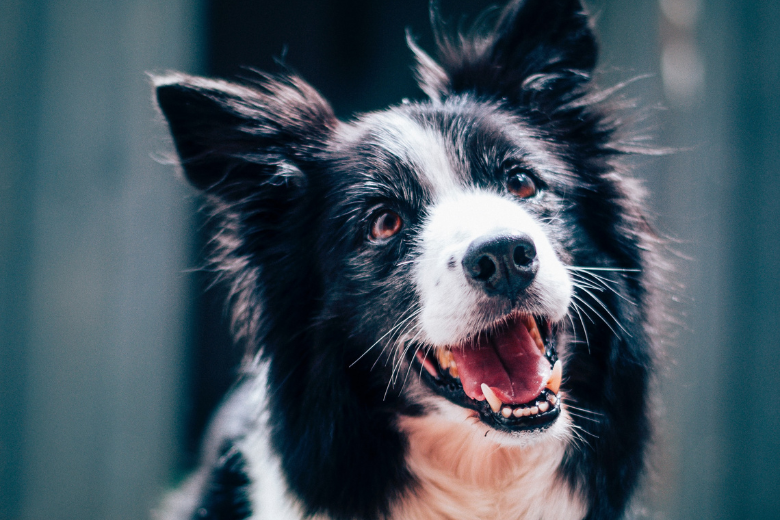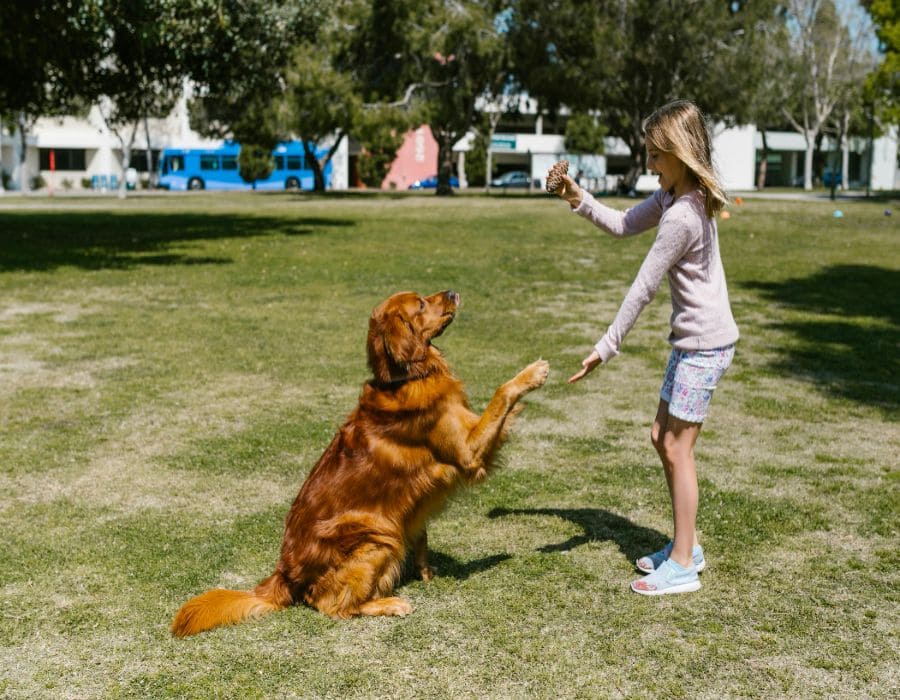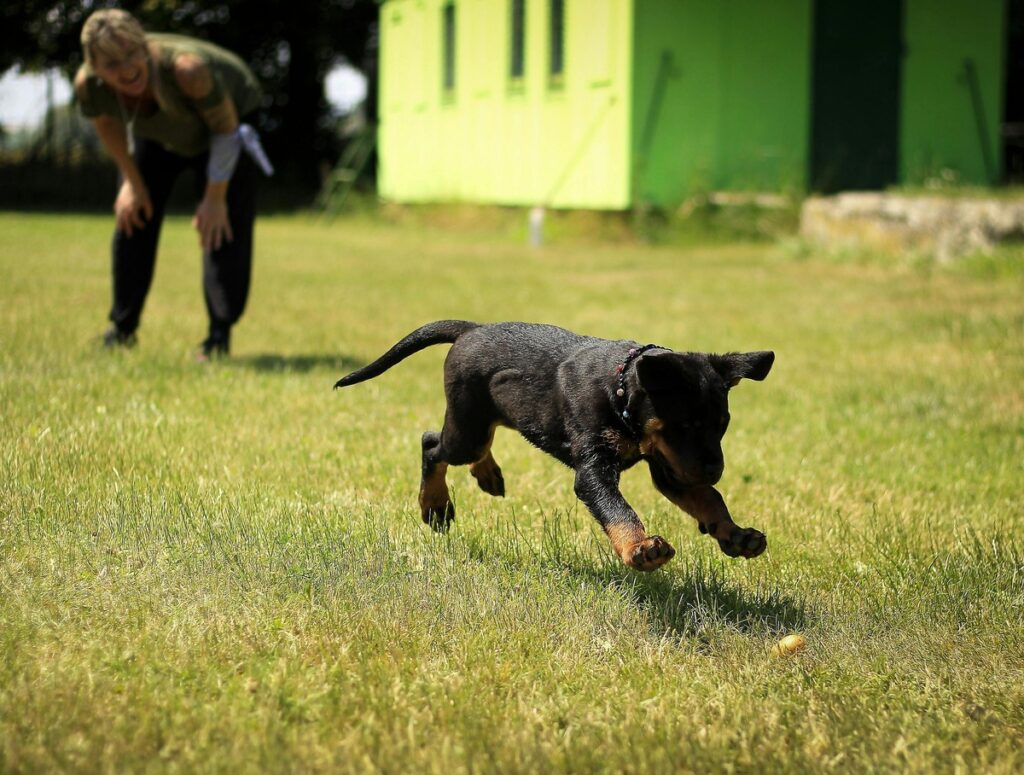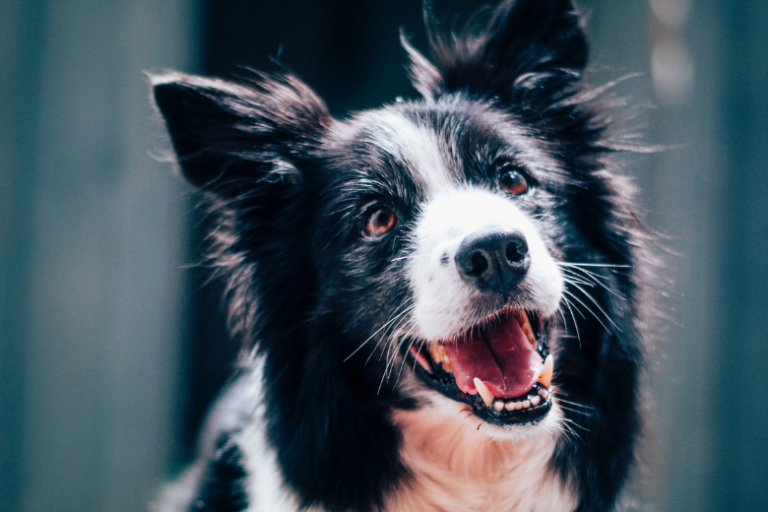Words No Dog Can Understand (And Words That All Dogs Can!)
Dogs are intelligent animals with an incredible ability to understand human speech, especially when words are associated with tone, body language, and repetition. While they can learn to recognize certain words and commands, there are also words that dogs simply cannot comprehend, no matter how many times we say them.
Here’s a look at words that no dog can understand and the words that all dogs can recognize, no matter their breed or training level. Now let’s look at words that no dog can understand!
1. Abstract Concepts

Dogs are brilliant at associating words with actions or objects, but they don’t grasp abstract concepts like humans do. Words like:
“Yesterday”
“Tomorrow”
“Maybe”
“Love” (as an abstract feeling, though they feel affection through actions)
Your dog lives in the present moment, so while they understand routines, they don’t comprehend the idea of time in the way we do.
2. Sentences That Are Too Complex

Dogs process words in short, simple bursts rather than full sentences. Saying something like:
“If you’re good today, we’ll go for a walk later.”
…will mean nothing to them beyond recognizing familiar words like “walk” or “good.” Dogs don’t process conditional statements or long explanations—they pick up on keywords, tone, and body language instead.
3. Synonyms That Humans Use Interchangeably

Dogs don’t automatically understand that different words can mean the same thing. For example:
“Come here” vs. “Come over”
“Outside” vs. “Outdoors”
“Snack” vs. “Treat”
If you train your dog to respond to a specific word like “treat,” using synonyms might not make sense to them unless you consistently associate both words with the action.
4. Words With No Action or Object Attached

Dogs learn words through association, which means they need a physical action or object connected to it. Words like:
“Interesting”
“Curious”
“Beautiful”
…mean nothing to dogs unless they consistently hear them in the same context, such as when receiving praise (“Good dog, you’re beautiful!”).
Now that we’ve covered what dogs don’t understand, let’s look at the words that almost every dog recognizes, no matter their breed or training!
1. Their Name

All dogs learn their name quickly because it’s associated with attention, commands, and interaction. They may not know their name as an identity, but they understand that when they hear it, something is directed at them.
Tip: Using consistent pronunciation of their name helps them respond better.
2. “Sit”

Even dogs with no formal training tend to recognize “sit” because it’s one of the first commands taught. It’s simple, direct, and often reinforced with treats.
Tip: Use a clear and firm voice when giving this command to avoid confusion.
3. “Walk”

Most dogs instantly perk up when they hear “walk” because it’s associated with going outside, exercise, and excitement. Even if you whisper it, many dogs recognize it by sound alone!
✔ Tip: If you have an overly eager dog, switch to spelling it out (W-A-L-K) when planning without getting them too excited.
4. “Treat”

Dogs love rewards, and “treat” is one of the easiest words to teach. Even without training, they will quickly associate this word with food or a special snack.
Tip: Be mindful—saying “treat” too often without delivering one may cause frustration or begging behavior.
5. “No”

Even without formal training, most dogs learn that “no” means something is off-limits. While it may not stop every bad behavior immediately, dogs pick up on the serious tone and often pause when they hear it.
Tip: Avoid overusing “no” without redirecting your dog to an alternative behavior (e.g., “No, but sit!”).
6. “Good Dog”

Praise words like “Good dog!” or “Good boy/girl!” are universally recognized because they are always paired with positive reinforcement, such as treats, pets, or excited tones.
Tip: The tone of voice matters more than the actual words—dogs respond better to upbeat praise than to robotic repetition.
7. “Outside”

Dogs quickly associate “outside” with going outdoors for bathroom breaks, playtime, or walks. Some will even run to the door when they hear it.
Tip: If your dog gets too excited, try using a less obvious word or phrase like “let’s go” to avoid hyperactivity.
Speak Your Dog’s Language

Dogs may not understand full sentences or abstract concepts, but they excel at learning words through repetition and association. By using clear commands, simple language, and consistent tone, you can help your dog better understand and respond to you.
Want to test your dog’s word recognition? Try saying “walk” or “treat” casually and see if they react—it’s proof that dogs understand far more than we realize!







